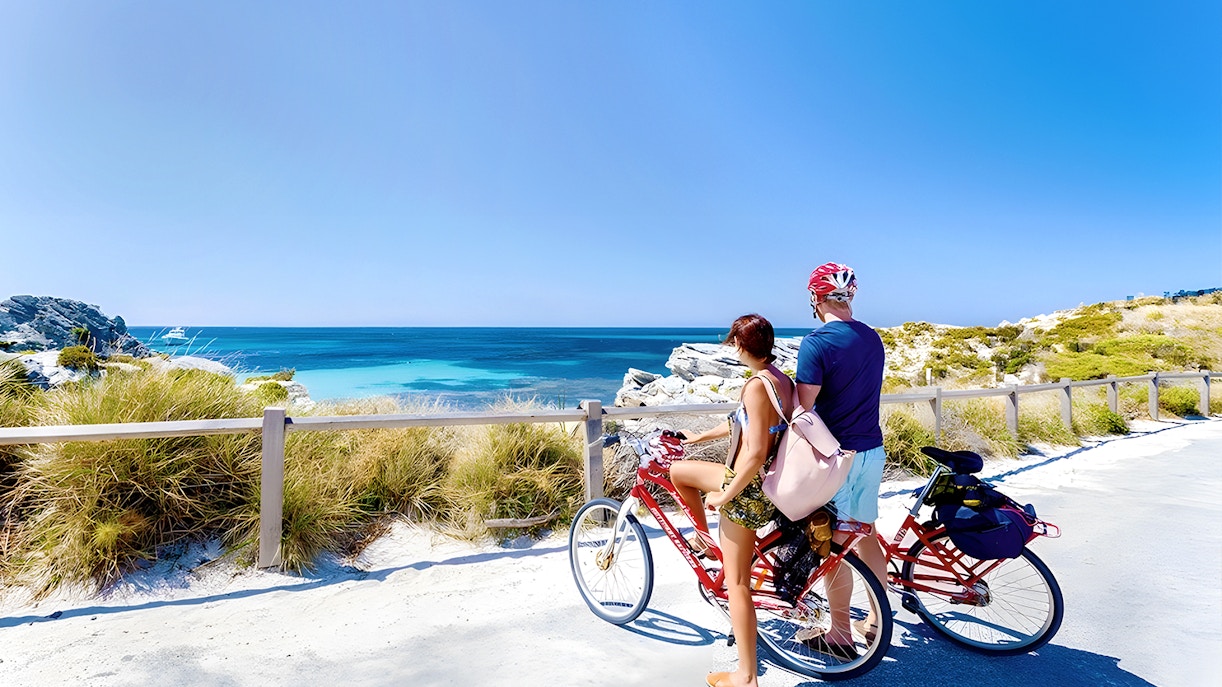Quick summary
🌤️ Best weather: October to April for sunny skies, calm seas, and perfect conditions for swimming, snorkeling, and biking.
🚫 Avoid: June to August is windy, cool, and some tours may operate on limited schedules.
💸 Cheapest: May and September usually has fewer crowds, pleasant weather, and discounted ferry + stay combos.
🦘 Wildlife spotting: Visit from September to November to see baby quokkas and migrating humpback whales along the coast.
🌅 Best photo ops: Sunrise at Pinky Beach and sunset from Wadjemup Lighthouse offer postcard-perfect island views.
🌊 Adventure tip: Summer brings the clearest waters for snorkeling at The Basin and Parker Point.




